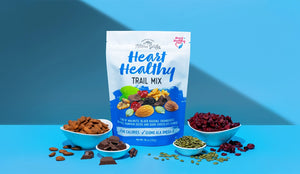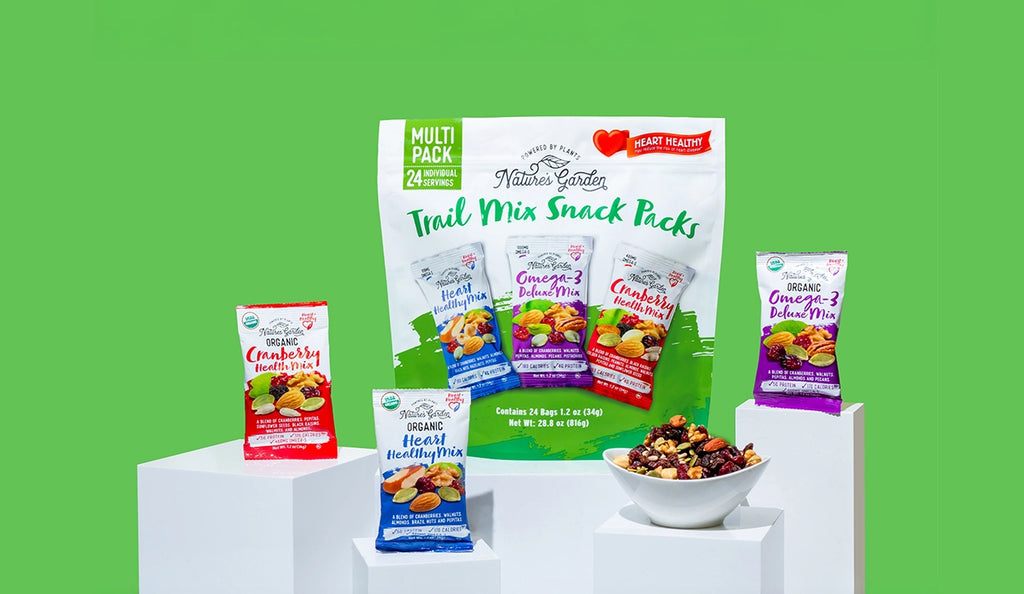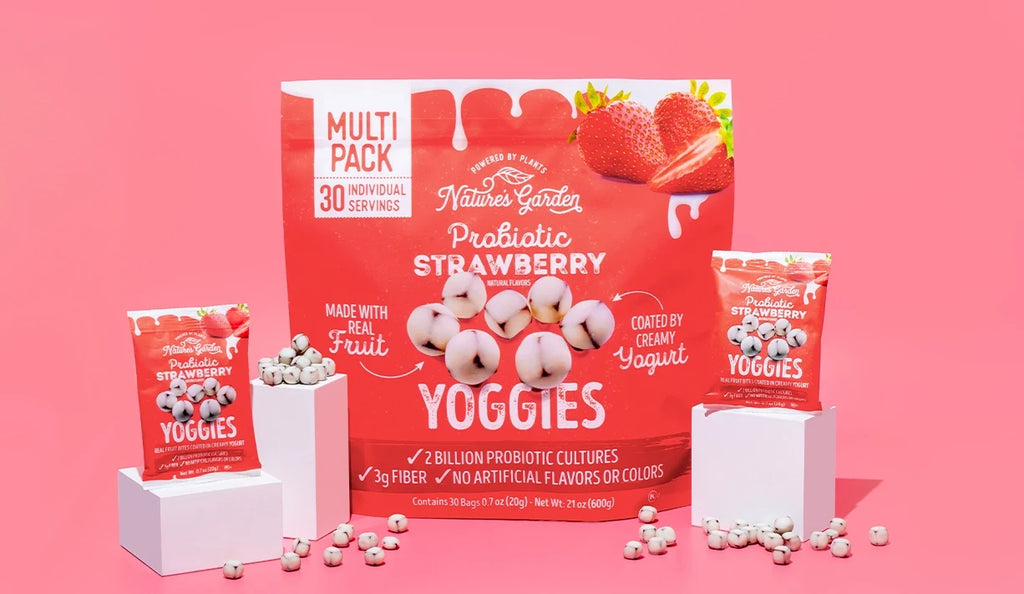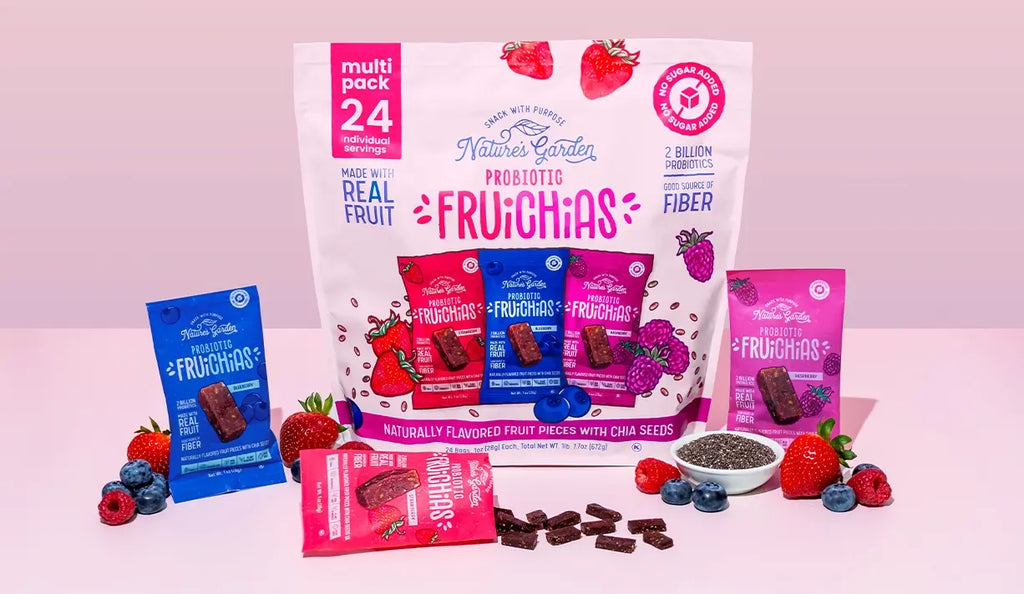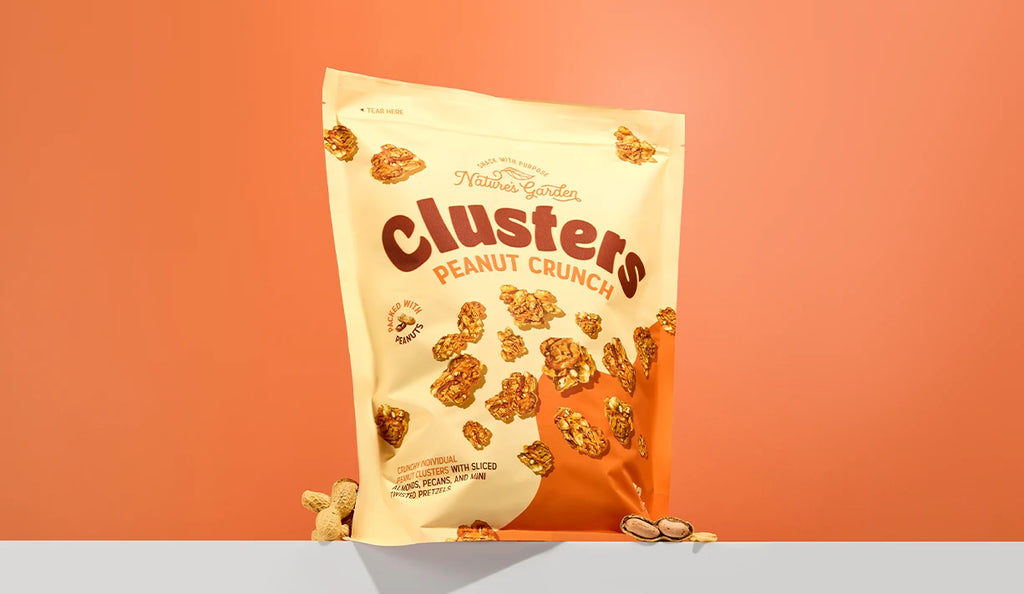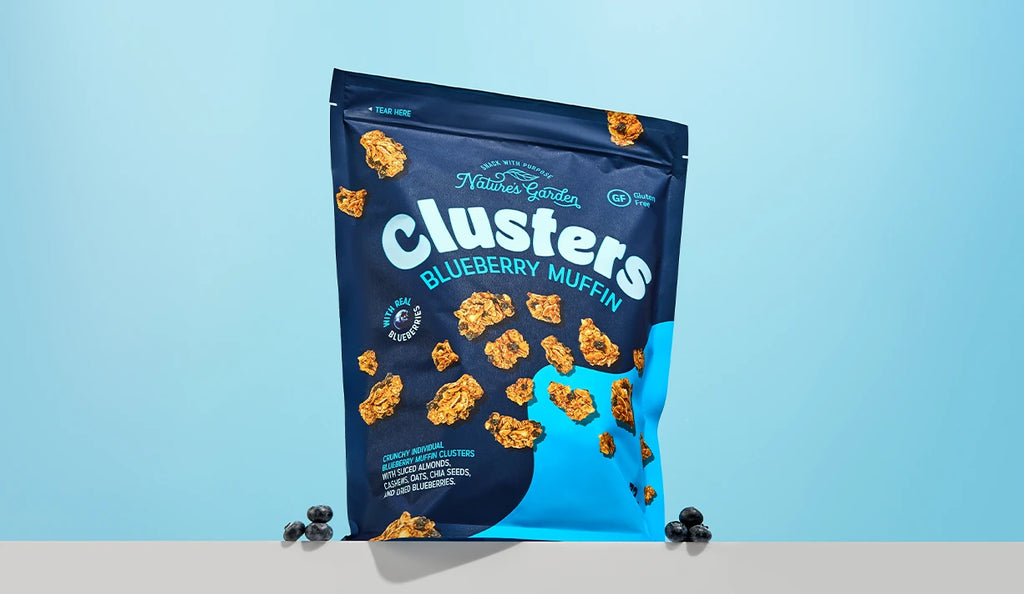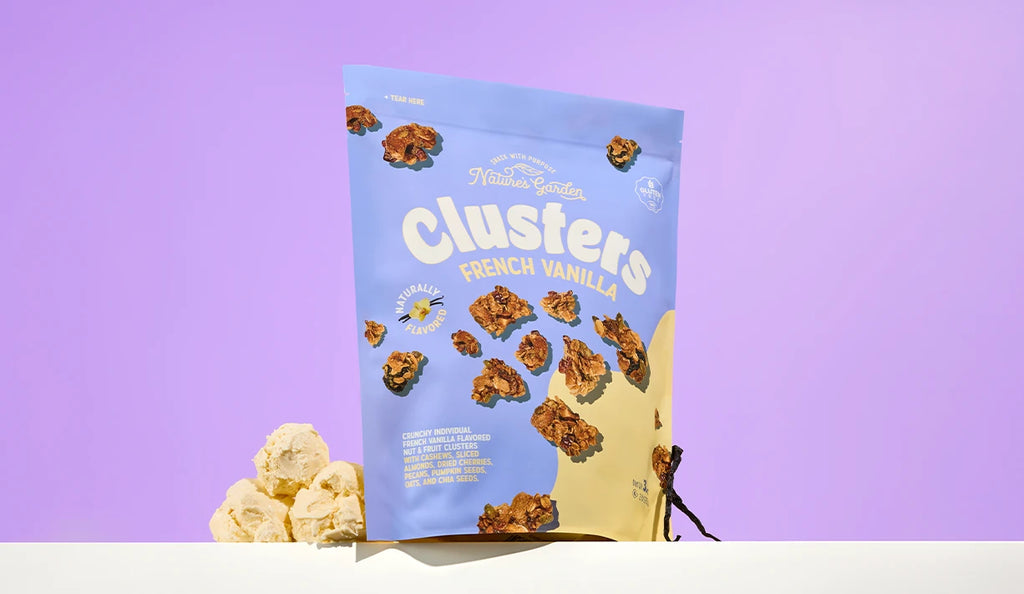Those living with conditions that require a vigilant approach to blood sugar management, such as insulin resistance, PCOS, and diabetes, know the crucial role of dietary choices in this endeavor. Fruit, however healthy and deliciously nutrient rich, may be the culprit for blood sugar spikes for those with high blood sugar sensitivity. At Nature’s Garden, we believe taste should not come at the cost of compromising your health. Therefore, this guide is for all of us that want to learn more about how to keep that balance.
According to the latest National Diabetes Statistics Report, approximately 11.3% of the U.S. population have diabetes, and another 38% of adults over the age of 18 have prediabetes. Given these statistics and the nature of the condition, it is crucial to understand how the food we eat impacts our blood sugar levels.
One food in particular has some mystery when it comes to qualifying as a “good” or “bad” choice for diabetics and those who are conscious about blood sugar management. That food is dried fruit – and here at Nature’s Garden, we use dried fruits in a number of our trail mixes and treats, in addition to serving up delicious Probiotic Apricots and Tart Cherries.
But more on that later – keep reading to learn the ins and outs of determining whether dried fruits are a suitable snack for those with sugar-conscious lifestyles.
Understanding the Glycemic Index
The glycemic index (GI) is a crucial metric for those with blood sugar and insulin sensitivity, indicating how quickly a particular food raises blood sugar levels. Dried fruits, despite their healthful reputation, tend to rank higher on the GI scale than their fresh counterparts. This elevation results from the removal of water during the drying process, intensifying the concentration of natural sugars.
Dried fruits, such as apricots, dates, and figs, have a GI that varies, and individuals with diabetes need to be mindful of their impact on blood sugar levels. While all individuals, including people with diabetes, can and should consume carbohydrates as part of a balanced diet, certain carbohydrate-based foods cause blood sugars to rise more quickly, dried fruit included.
What Sets Dried Fruits Apart: The Fiber Advantage
What potentially renders dried fruits as diabetes-friendly is their retention of natural fiber. Despite the concentrated sugars, the fiber content plays a vital role in slowing down the absorption of sugar into the bloodstream. This characteristic becomes a valuable ally, helping prevent abrupt spikes in blood glucose levels.
According to our friends at Eating Well, even though dried fruit contains vitamins, minerals, fiber and antioxidants, someone with diabetes should be very mindful of portion control.
Optimized for Nutrient Content
The nutritional value of dried fruit isn’t just about calories and carbs. Dehydration also provides more concentrated enzymes, essential fatty acids, vitamins, minerals and antioxidants than fresh fruit. Since they do not need to be refrigerated, dried fruits also maintain their nutrients for longer than their fresh counterparts.

The Art of Portion Control
Mastering portion control is key for those with blood sugar related conditions when considering dried fruits as a snack option. While the fiber content helps mitigate the impact on blood sugar, excessive consumption can still pose challenges. Opting for dried fruits paired with protein-rich foods, such as nuts or seeds, proves to be an effective strategy. This combination not only enhances satiety but also provides a more balanced nutrient profile.
"Portion size, fiber content, and what the food is eaten in combination with all impact the extent the blood sugar will rise after consumption."
– Erin Palinski-Wade, RD, CDCES, author of 2 Day Diabetes Diet
There’s no better snack that incorporates dried fruit with nuts and seeds than good ol’ trail mix. Here at Nature’s Garden, we’ve listed a few top choices for diabetics below. However, if you’re considering crafting your own diabetic-friendly trail mix, here’s what to keep in mind:
When in Doubt- DIY: How to Craft a Diabetic-Friendly Trail Mix

Constructing a diabetic-friendly trail mix involves careful ingredient selection. Opt for dried fruits with lower natural sugar content, such as berries or cherries, and combine them with unsalted nuts, seeds, and a touch of dark chocolate. This creates a satisfying mix aligning with diabetic dietary guidelines.
We’ve Got You Covered: Nature’s Garden Heart Healthy Trail Mix
Indulge in this decadent heart healthy nut mix that is loaded with omega-3s and a number of rich vitamins, nutrients, and minerals to satisfy cravings and revitalize the body.
Nature’s Garden Heart Healthy Trail Mix is a mouthwatering combination of the highest quality heart healthy nuts, fruits, seeds, and dark chocolate, sourced from all natural ingredients. This carefully curated, healthy trail mix snack is a twist on our Omega-3 Deluxe Mix, exclusively for those who love to snack with purpose, while also loving a blissful chocolatey bite.
Ideal for diabetics due to the high-fiber content, in addition to the healthy omega-3 fatty acids. Not to mention the antioxidant benefits, provided by pumpkin seeds, cranberries, and raisins, known to help protect your body from disease.
In conclusion, incorporating dried fruits into a diet with considerations for insulin resistance and blood sugar related conditions requires a nuanced approach. Understanding the glycemic index, emphasizing fiber content, practicing portion control, and selecting the right dried fruits enable individuals to enjoy these snacks without compromising their health. As always, we trust our Doctors and Nutritionists in guiding us to make the best decisions for OUR health.
Explore the possibilities and snack smarter with Nature’s Garden and our list of blissful bites and trail mixes.
